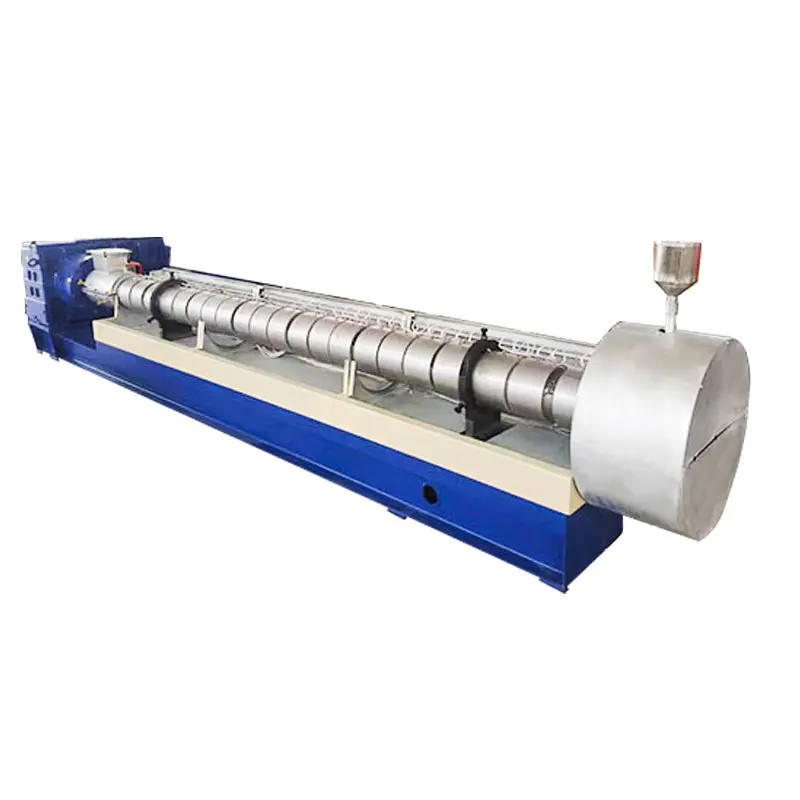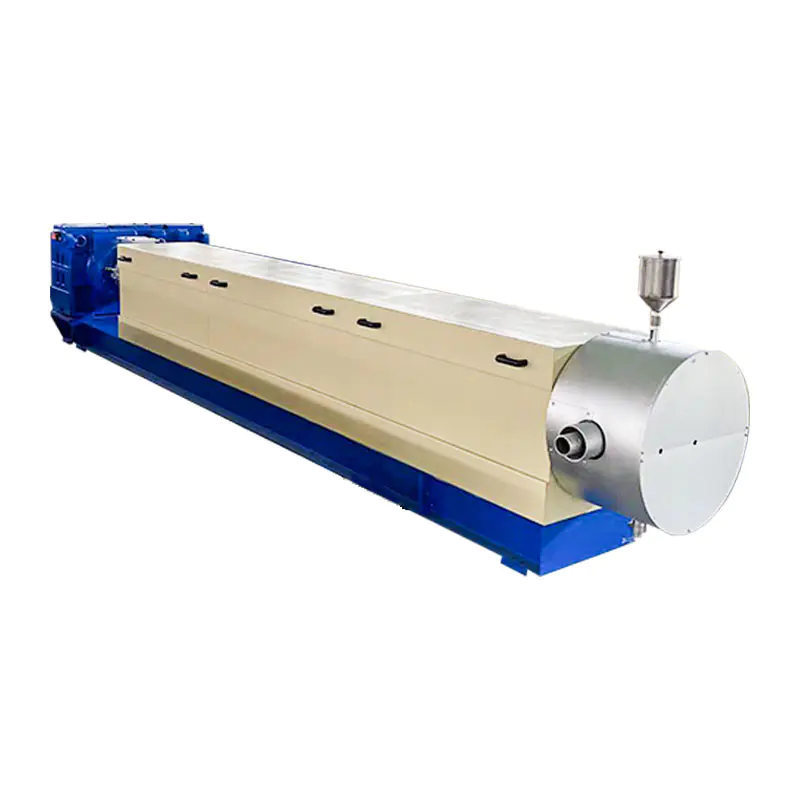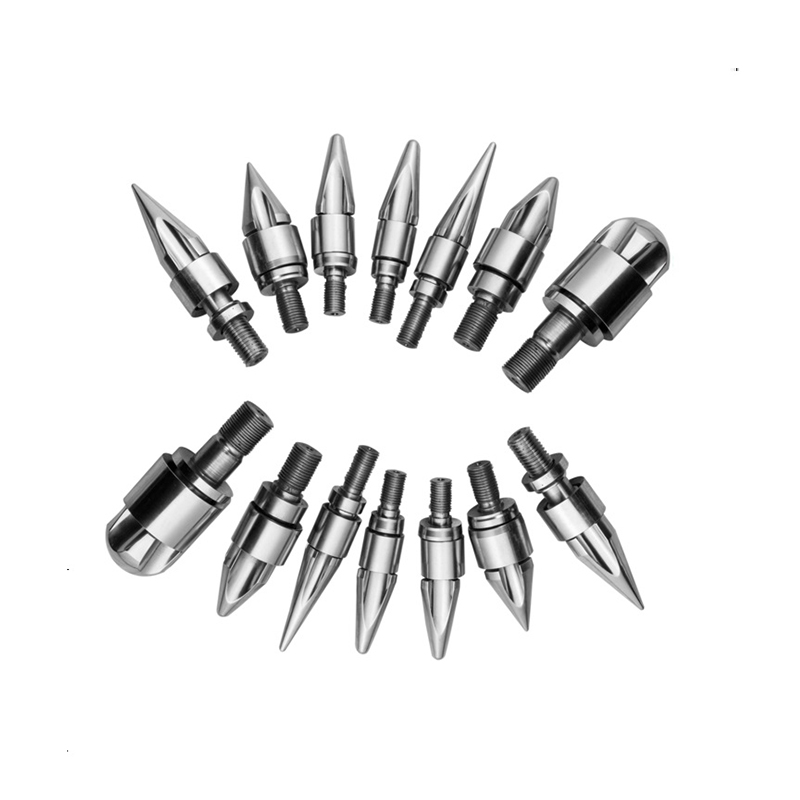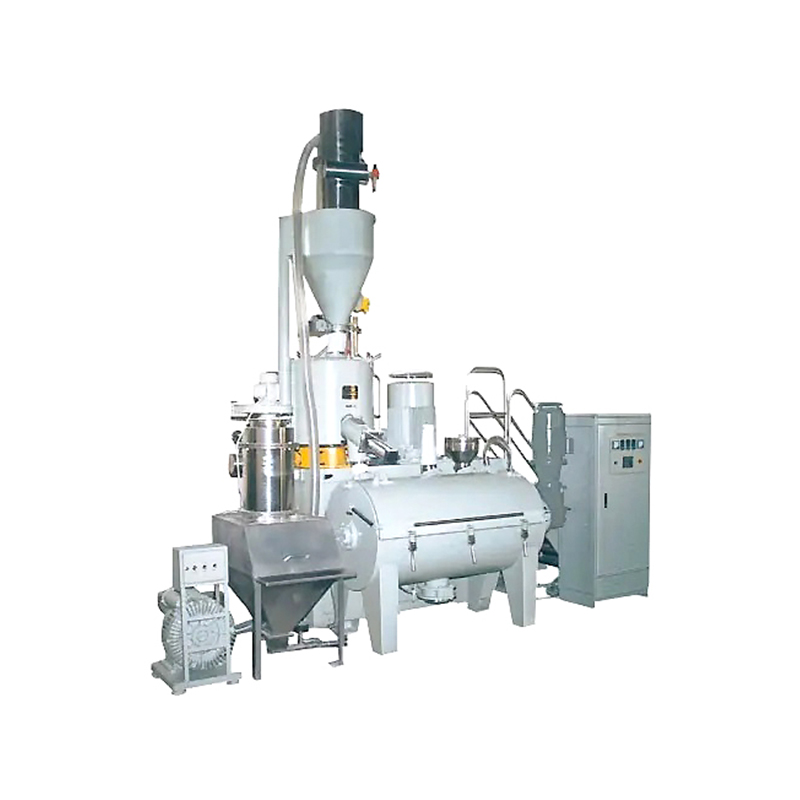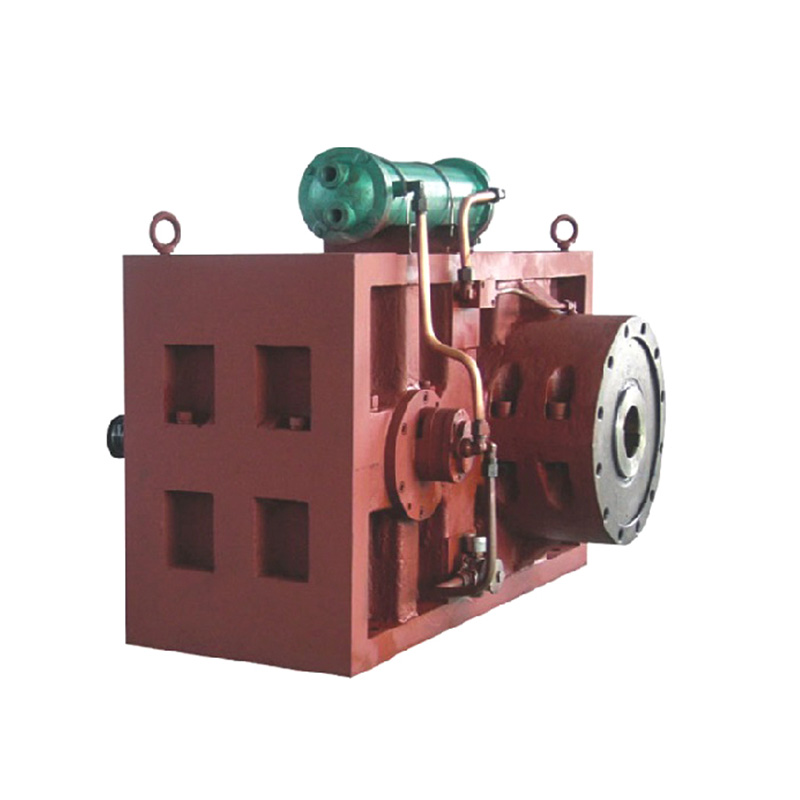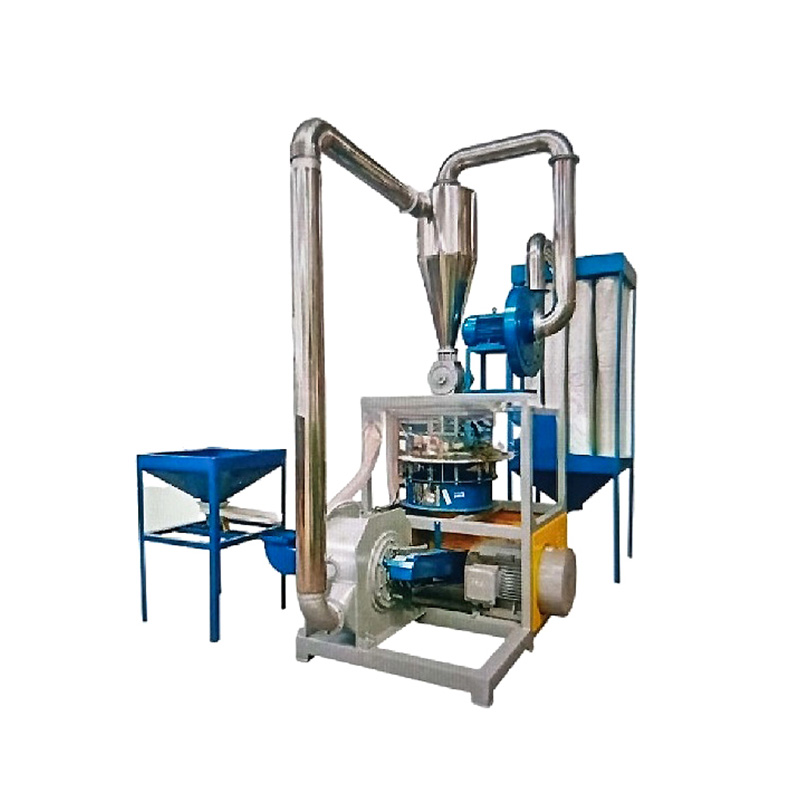The global challenge of plastic waste demands innovative and practical solutions that move beyond landfilling and incineration. Among the most critical technologies in the advanced recycling landscape is the Plastic Pelleting Machine. This machinery plays a pivotal role in enabling a circular economy for plastics by converting discarded materials into a uniform, valuable raw material.
The Core Function: From Waste to Uniform Pellet
A Plastic Pelleting Machine, often part of a larger washing and recycling line, is the final step in the mechanical recycling process. Its primary function is to homogenize and shape cleaned, melted plastic into small, consistent pellets, also known as nurdles.
The process typically follows these stages:
Collection and Sorting: Post-consumer or post-industrial plastic waste is collected and sorted by polymer type (e.g., PET, HDPE, PP).
Washing and Shredding: The sorted plastic is thoroughly washed to remove contaminants and then shredded into small flakes.
Extrusion: These flakes are fed into an extruder, where they are heated and melted into a molten plastic mass. Any remaining moisture or volatiles are removed under vacuum.
Pelletizing: This molten plastic is then forced through a die with multiple small holes. As the strands of plastic emerge, they are either:
Strand Pelletized: Cooled in a water bath and then cut into precise pellets by a rotating knife.
Underwater Pelletized: Cut immediately at the die face by blades and cooled in a water chamber.
The output is clean, consistently sized pellets that are ready to be sold and reused in manufacturing.
Types of Plastic Waste Processed
A Plastic Pelleting Machine is versatile and can be configured to handle various types of plastic waste streams, including:
Post-Consumer Waste: Such as cleaned bottles, containers, and packaging films.
Post-Industrial Waste: Including production scrap, off-spec materials, and purge material from manufacturing plants. This type of waste is often homogeneous and cleaner, making it ideal for recycling.
Agricultural Film: Used plastic films from greenhouses and silage can be recycled after thorough cleaning.
The ability to process these diverse materials into a standardized format is a key factor in reducing plastic pollution.
Environmental and Economic Benefits
The operation of a Plastic Pelleting Machine directly contributes to waste reduction and resource conservation through several mechanisms:
Diverting Waste from Landfills and Oceans: By converting waste into a valuable commodity, this technology creates a powerful economic incentive to collect and process plastic that might otherwise be discarded in the environment.
Conserving Natural Resources: Recycled plastic pellets replace virgin plastic derived from fossil fuels. This reduces the demand for petroleum, lowers energy consumption, and decreases greenhouse gas emissions associated with virgin plastic production.
Enabling Circular Manufacturing: The pellets produced serve as a direct feedstock for creating new products. Manufacturers can use these recycled pellets to produce a wide range of items, from new packaging and textiles to automotive parts and construction materials, closing the loop on the plastic lifecycle.
The Resulting Product: Applications of Recycled Pellets
The pellets produced by a Plastic Pelleting Machine are a high-quality raw material. Their uniform size, shape, and density make them ideal for use in standard manufacturing equipment like injection molders, blow molders, and extruders. The resulting recycled content products are a testament to the machine's role in creating a sustainable material flow.



 عربى
عربى


